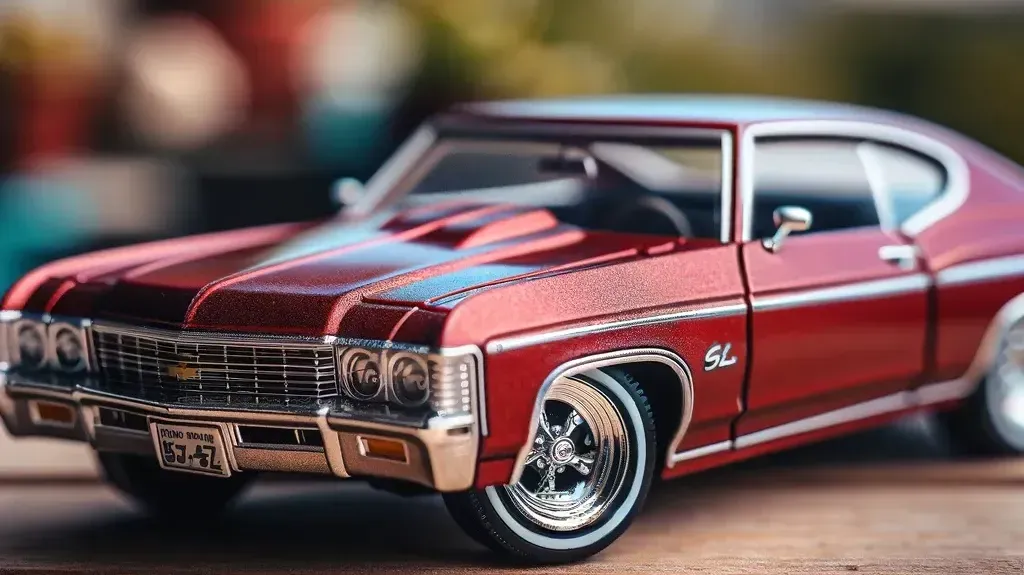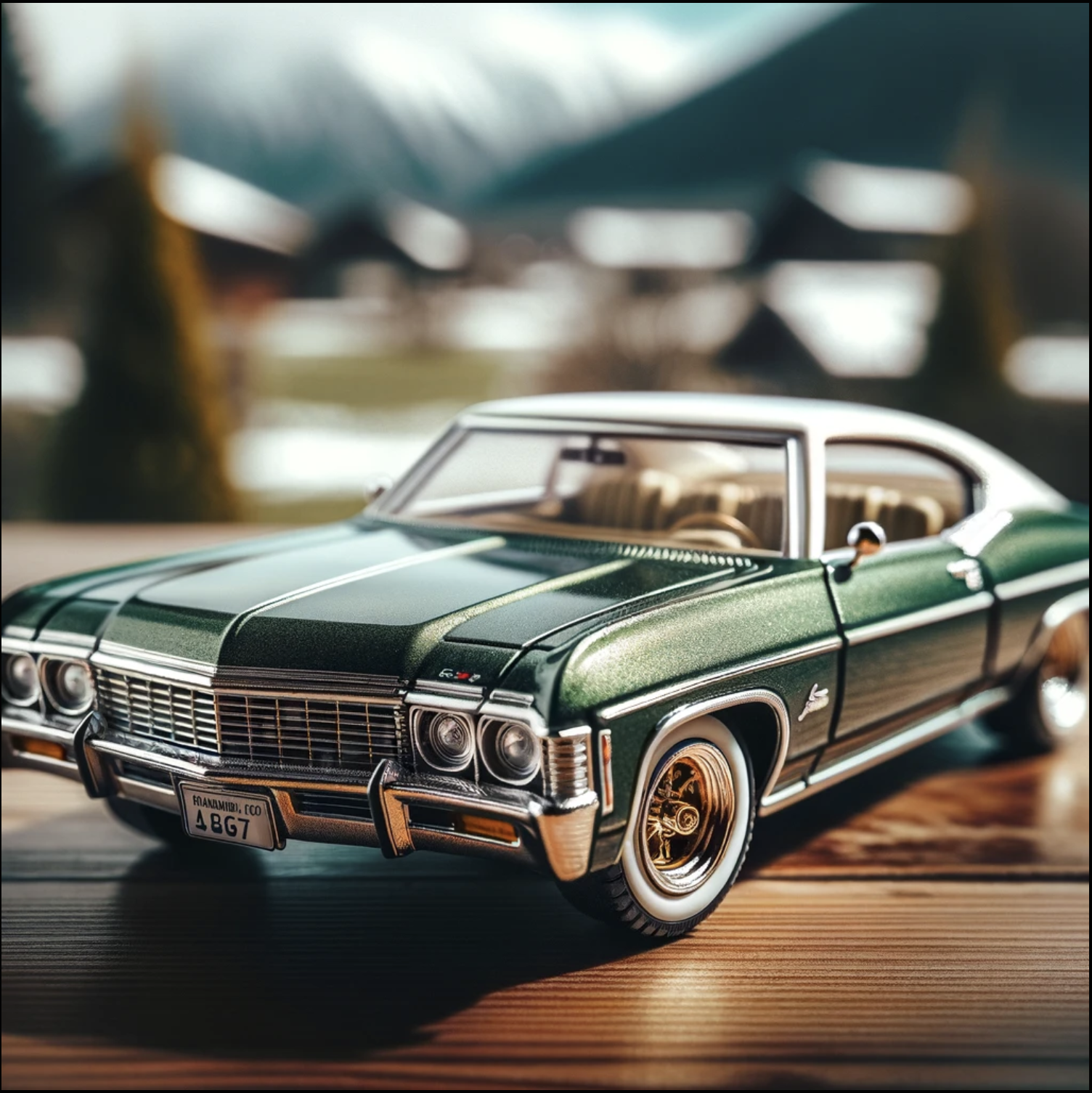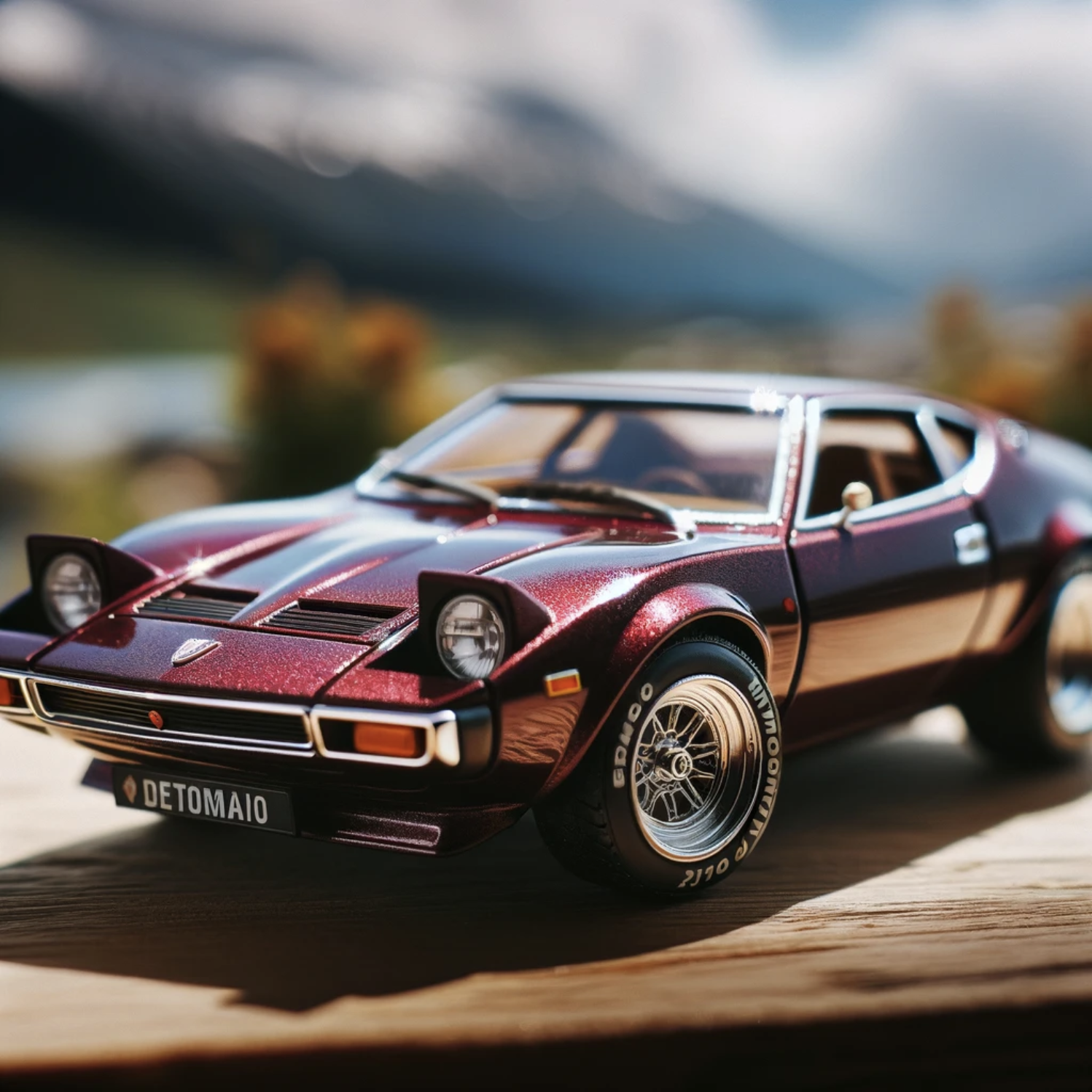Crafting the Perfect Image: A Step-by-Step Guide

Welcome to a new Creative Codex exploration, where today we dive into the magical world of image generation through prompt engineering. This technique is a game-changer for artists, designers, and anyone looking to bring a specific vision to life with the help of Generative AI. By following a few simple steps, you can transform inspiration into a digital masterpiece. Ready to unleash your creative potential? Let's embark on this journey together.
Step 1: Capture Your Muse
Begin with an inspirational photo that closely aligns with the image you wish to create. This could be anything from a stunning landscape, a captivating piece of art, or a snapshot that evokes a particular mood. This photo will serve as your muse, guiding the AI in understanding the essence of what you're aiming to achieve.
Here's an example image:

Step 2: Introduce Your Muse to AI
Upload your chosen photo to a language model (LLM) and let it work its magic by describing the image in detail. This step is crucial as it helps translate visual elements into textual descriptions, providing a solid foundation for your creative endeavor.
Here's an example of an Image Description Prompt if you want to start from scratch:
Describe a digital image in detail for a blind audience or recreation. Cover primary/secondary colors, saturation, distribution, styles (impressionism, realism), line and shape types, composition, textures, patterns, key elements, spatial relationships, movement, and mood. Aim for a vivid mental visualization or accurate recreation.
I've had success using a ChatGPT plugin called Super Describe to get a clearer description from my own prompts. It analyzes uploaded images to generate similar ones using detailed prompts, focusing on style, colors, and details while ensuring accuracy and creativity in image recreation. Here's the description generated by the Super Describe plugin:
A close-up photography of a classic car toy model, specifically a 1970 Chevrolet Impala Coupe, on a wooden surface. The car is depicted with a glossy red paint, chrome detailing, and realistic styling. White-walled tires and silver hubcaps are visible, with clear windows and an intricate grille. The background is outdoor with a blurred bokeh effect featuring greenery, structures, and a blue sky. The image has a shallow depth of field, sharply focusing on the car while the background is out of focus.
...and here's what that description looks like unedited as a prompt in ChatGPT:

Step 3: Tailor Your Vision
Take the AI-generated description and start tweaking it to match your desired image specifics. Want to change the time of day in that landscape photo? Or perhaps adjust the mood from serene to eerie? This is your moment to refine and specify, molding the description into a blueprint of your envisioned masterpiece.
For example, I am going to change the colors of the car and background scenery of my image by editing the prompt to:
A close-up photography of a classic car toy model, specifically a 1970 Chevrolet Impala Coupe, on a wooden surface. The car is depicted with a glossy green paint, chrome detailing, and realistic styling. White-walled tires and gold hubcaps are visible, with clear windows and an intricate grille. The background is outdoor with a blurred bokeh effect featuring greenery, snowy mountains, and a blue sky. The image has a shallow depth of field, sharply focusing on the car while the background is out of focus.

Step 4: Iterate to Perfection
Now, with your tailored description in hand, it's time to iterate. Input your modified description back into the AI and generate an image. Examine the result: does it capture your vision? If not, refine your description further, adjusting elements that didn't quite hit the mark, and iterate again. This process of iteration allows for precision and creativity, leading you closer to your perfect image with each cycle.
A close-up photography of a classic car toy model, specifically a 1973 DeTomaso Pantera, on a wooden surface. The car is depicted with a glossy maroon paint, chrome detailing, and realistic styling. White-walled racing tires and silver racing wheels are visible, with clear windows and a sleek grille. The background is outdoor with a blurred bokeh effect featuring greenery, snowy mountains, and a blue sky. The image has a shallow depth of field, sharply focusing on the car while the background is out of focus.
... and the image generated from that prompt:

Bringing Your Vision to Life
This technique of prompt engineering is a method that marries inspiration with the precision of AI. It opens up a world of possibilities, where the only limit is your imagination. Through this iterative process, you're doing more than just generating images; you're crafting visual stories, emotions, and atmospheres, all tailored to your unique perspective.
Your Creative Companion
Remember, the AI is your collaborative tool in this creative journey. It learns from each interaction, becoming a more effective tool in translating your visions into visuals. So embrace the process, experiment with descriptions, and watch as your ideas materialize before your eyes.
I am excited to see the worlds you'll create and the stories you'll tell through this fascinating intersection of art and technology. Share your creations, insights, and experiences with me, and let's continue to push the boundaries of what's possible together.